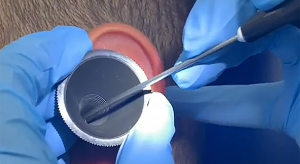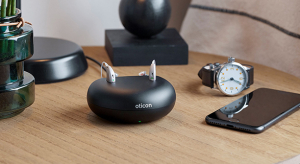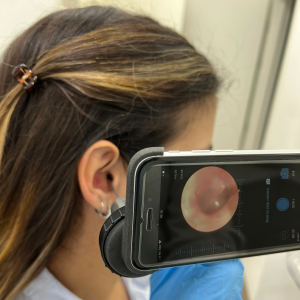Noise induced hearing loss is more common than you think. It often develops before you even realise there is an issue, meaning that taking preventative steps when around loud noise is so important.
How is sound measured?
When discussing how to take preventative steps of noise induced hearing loss, it’s important that you understand about sound. Sound is measured in decibels (dB). So that you can understand the context of decibels, we have outlined some common sounds and their average dB level:
- Conversation – 60 dB
- Washing machine – 70 dB
- Lawnmower – up to 90 dB
- Power tools – 100 dB
- Nightclubs, bars and concerts – up to 110 dB
- Emergency services sirens – up to 120 dB
Prolonged exposure to any sounds which are over 70 dB could cause damage to your hearing. Exposing yourself to any noise over 120 dB could unfortunately cause immediate damage. Loud noise can cause damage to the delicate structures in the ear. This could cause temporary hearing loss from a few minutes to a few days. It could also result in experiencing the symptoms of tinnitus. Whilst one instance of loud noise could cause damage to your hearing, it is more likely that continued exposure to loud noise over a long period of time will be the problem.
What types of hearing protection are available?
There are a few different types of hearing protection that you can use to avoid noise-induced hearing loss when being exposed to loud noise.
Earplugs
Earplugs are a great option for everyone as there are a variety available at different price points. These are small plugs you can fit into your ear. Some can even be manufactured specifically to fit your ear, although these do carry an additional expense. You can get both disposable and reusable earplugs. Disposable ones are made out of foam and should be discarded after use, whereas reusable ones are made from rubber and silicone.
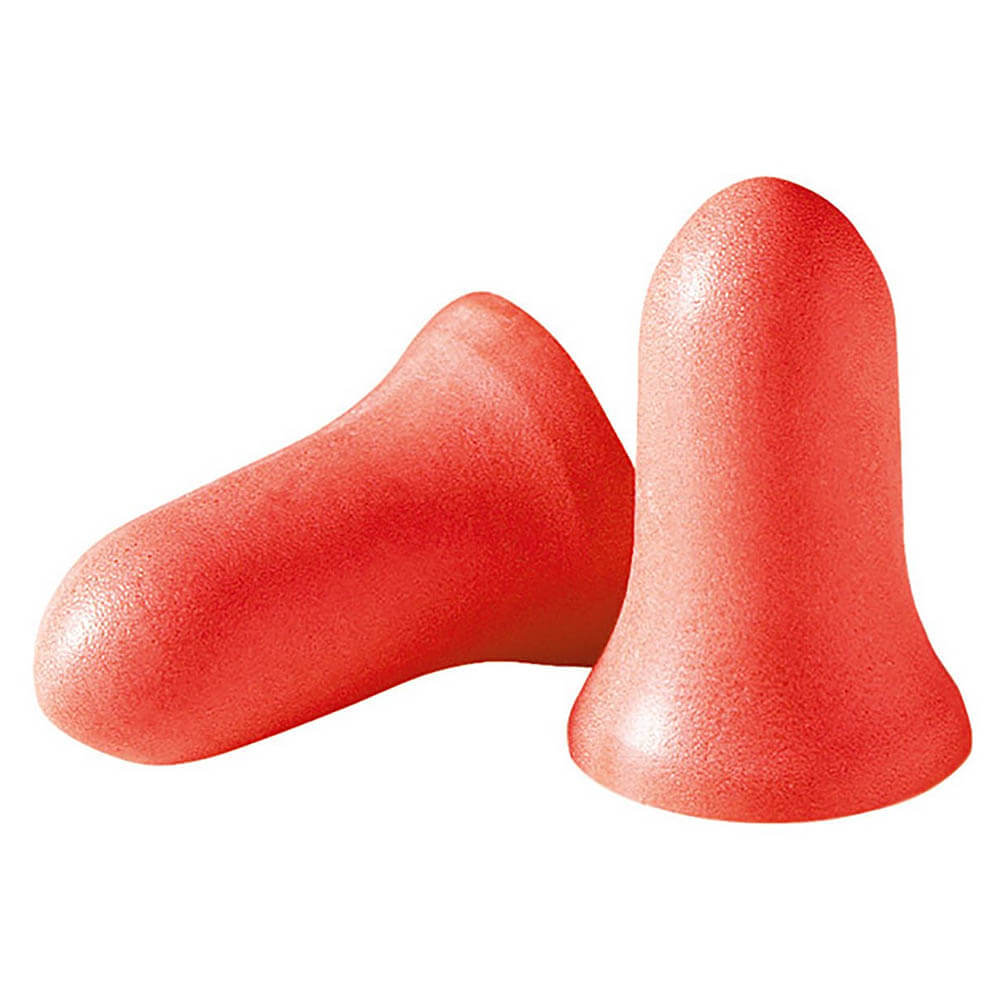
Wearing earplugs can help reduce the risk of noise induced hearing loss
Earmuffs
These are easier to wear than earplugs and often much more durable. Earmuffs are comprised of two ear cups attached via a central headband. The headband is usually made from a metal or thermoplastic, with the actual earmuffs being cushioned for comfort. You can simply wear these like a headband ensuring they are fully covering your ears.
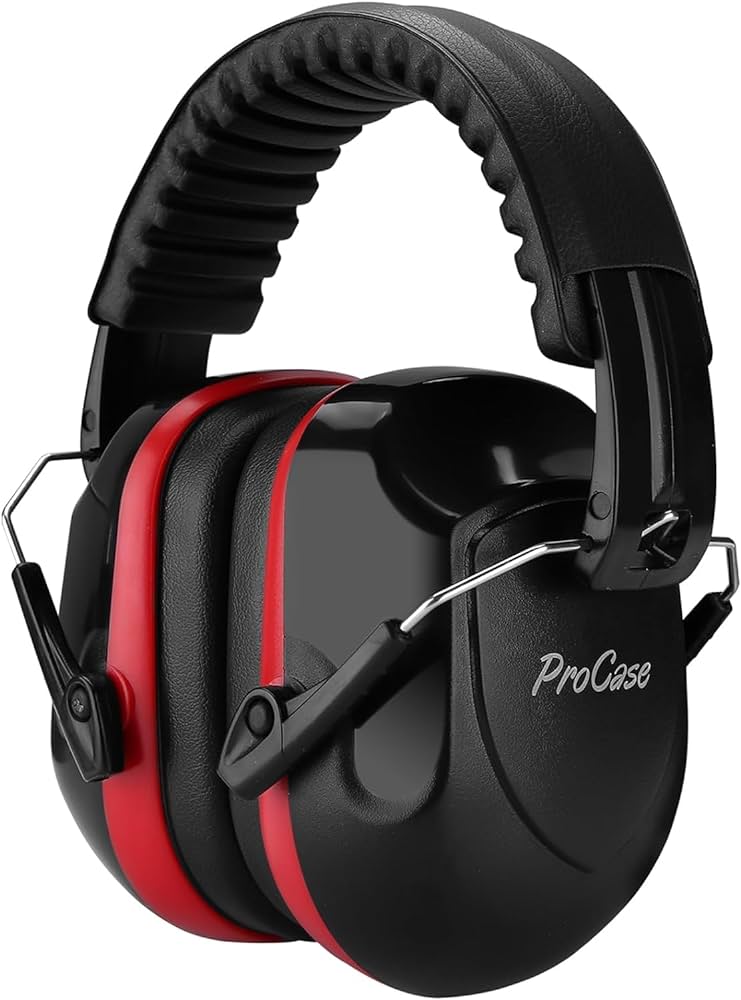
Wearing earmuffs can help reduce the risk of noise induced hearing loss
Noise Cancellation Headphones
Annoying droning noises such as washing machines, air conditioning units or trains can be expertly blocked out by these types of headphones. They don’t carry a noise reduction rating like the previous two but will undoubtedly help you to block out such noise.
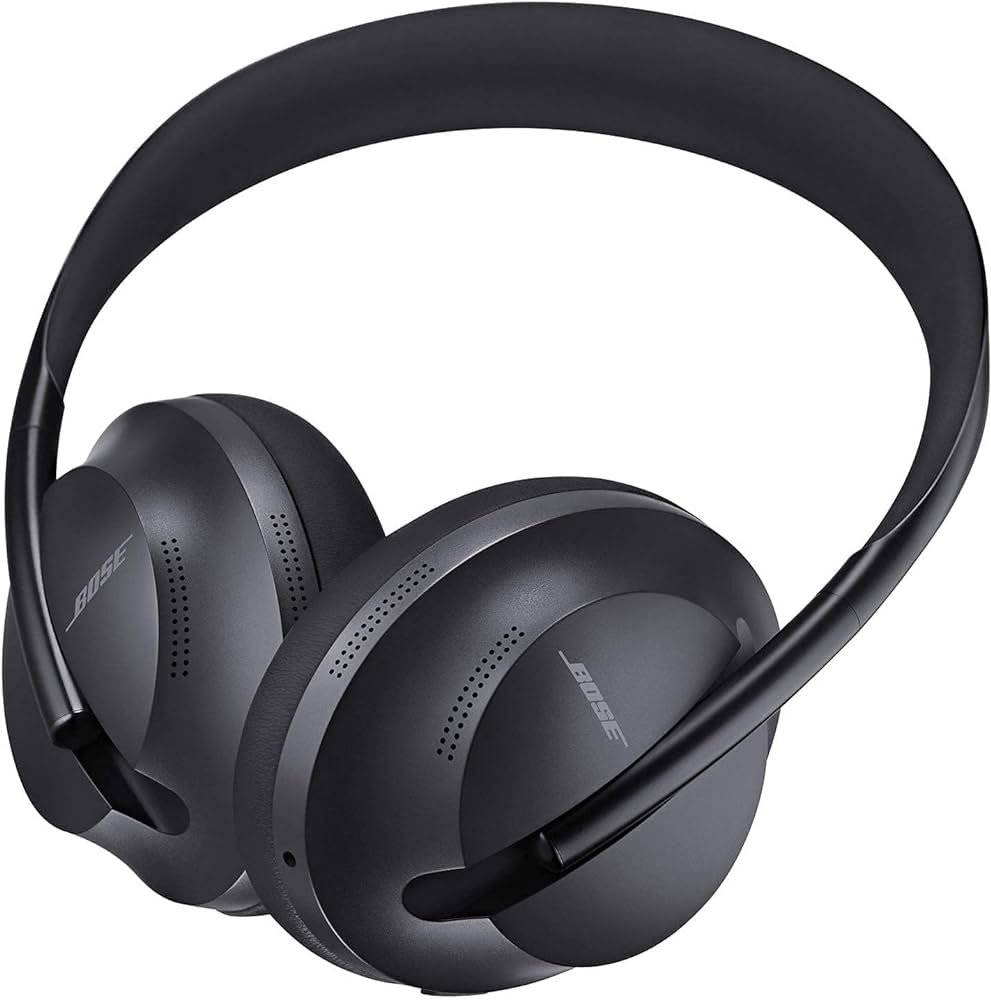
Wearing noise cancelling headphones can block out annoying droning noises
What is a noise reduction rating?
Noise protection products usually come with a noise reduction rating so it is best to check this before making a purchase. If the rating is 22, it means that the product will reduce the noise level by 22 dB. Unfortunately, it is not as simple as us saying you should use earplugs for one situation and earmuffs for another. Hearing protection solutions work in different ways for different individuals and it is important to bear in mind the level of noise you will be exposed to before deciding which to use.
The environment that you are using the hearing protection in should be taken into account when deciding what to use. If you need to be able to continue to communicate whilst protecting your hearing, you should think about looking for hearing protection that comes with an acoustic filter. If you need hearing protection for working on a building site where your hands are likely to get dirty and there is a lot of dust in the air, then it wold be advisable to go for earmuffs rather than earplugs. This will reduce the amount of debris that could potentially make its way into your ear.
The right hearing protection fit
Any hearing protection that you decide to wear needs to be comfortable, particularly if you will need to be wearing it for a considerable period of time. Some people find non-custom earplugs uncomfortable if they are worn for an extended period of time. The most comfortable earplugs should fit just inside your ear canal without causing any pain or discomfort. The earplugs should fit properly and not be too loose or too small.
Earmuffs should fit snugly around your ears but should also allow your skin to breathe properly. Some earmuffs feel very forceful over your ears which is perfect for shutting out the noise but are not comfortable for a long period of time. You can get earmuffs with varying degrees of fit. Again, you should also consider the environment you are using the protection in. If you are working in a noisy environment outside day after day, it would be helpful to look for weather-resistant protection.
The most important thing when considering hearing protection is that it fits correctly. You need to ensure that the sound is blocked out for the protection to work effectively. If you feel you’d like any further advice with regards to protecting your hearing, don’t hesitate to get in touch.

